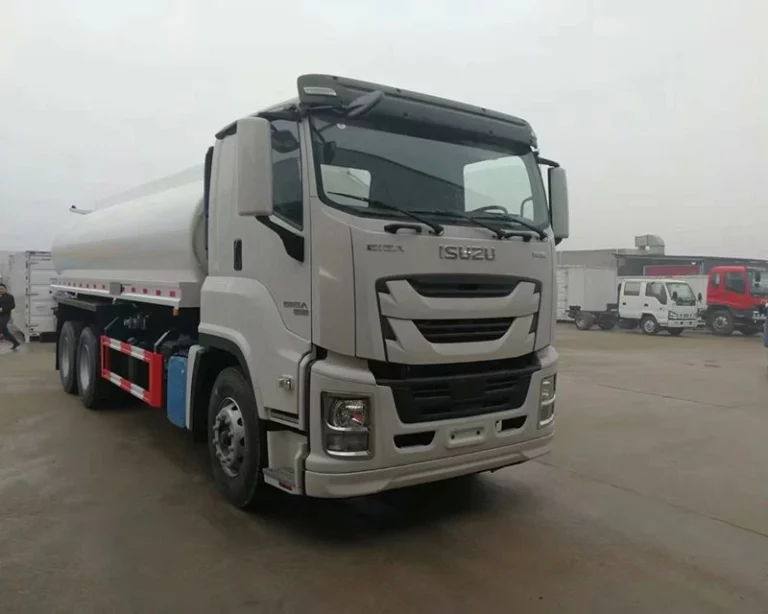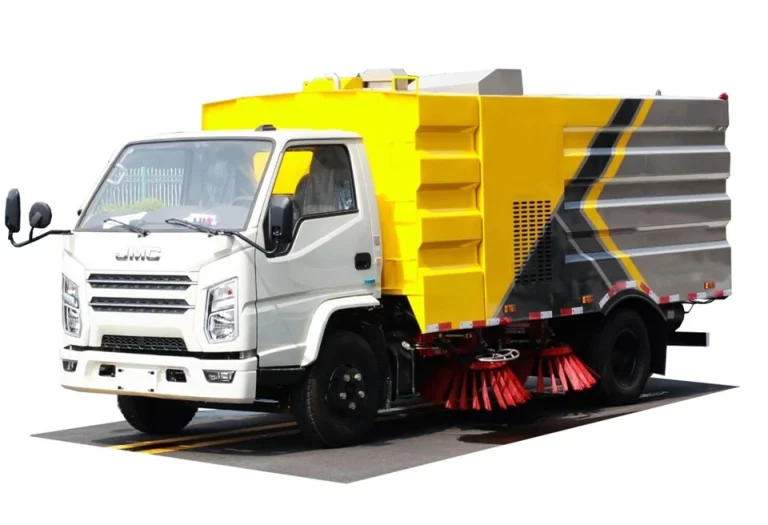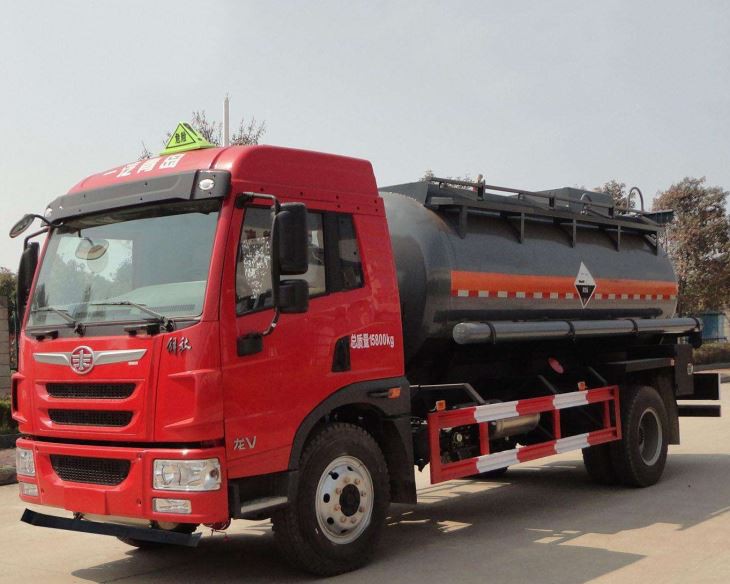If you’re a truck owner or operator, understanding the wiring diagram for semi trailer lights is essential for maintaining safety and compliance on the road. This article will provide you with a comprehensive guide covering everything from the basics of semi trailer lighting systems to detailed wiring diagrams and troubleshooting tips.
Understanding Semi Trailer Lighting: An Overview
Semi trailers are equipped with various types of lights, each serving a specific purpose for visibility and safety. In any commercial trucking operation, proper trailer lighting is crucial for both compliance with regulations and safety on the road. Let’s break down the core components.
The Importance of Semi Trailer Lights
Semi trailer lights play a critical role in ensuring a safe driving experience. With proper lighting, other drivers can see your vehicle from a distance and understand your actions on the road. The Federal Motor Carrier Safety Administration (FMCSA) outlines strict regulations regarding the visibility and functionality of semi trailer lights.
Types of Lights on a Semi Trailer
- Tail Lights: Provide visibility at the rear of the trailer.
- Brake Lights: Indicate when a vehicle is slowing or stopping.
- Turn Signals: Alert other drivers of lane changes or turns.
- Marker Lights: Define the outline of the trailer to improve visibility at night.
- Reflectors: Enhance visibility from various angles in low-light conditions.
Components of the Wiring System
Understanding the components of a semi trailer lighting system is key to properly maintaining and troubleshooting it. Here’s a breakdown of the primary components involved in the wiring system.
1. Wiring Harness
The wiring harness serves as the central link between the truck and the trailer lights. It usually consists of various wires encased in insulation to protect against wear and tear. A typical wiring harness includes:
- Power wires
- Ground wires
- Brake signal wires
- Turn signal wires
2. Connectors
Connectors facilitate a secure connection between the truck and semi trailer. They come in various designs, including:
- 7-Pin Connectors: The most common type used for semi trailers, providing connections for various lighting functions.
- 4-Pin Connectors: Used for simpler systems and lighter trailers.
3. Fuses and Relays
Fuses and relays protect your trailer’s electrical system from damage. If a light malfunctions, the fuse serves as a fail-safe to prevent damage to wiring and components.
Table: Common Fuse Ratings for Trailer Lights
| Light Function | Fuse Rating (Amps) |
|---|---|
| Tail Lights | 10 A |
| Brake Lights | 15 A |
| Turn Signals | 10 A |
| Marker Lights | 5 A |
Wiring Diagram for Semi Trailer Lights
Here, we will provide a simple understanding of a typical wiring diagram for semi trailer lights. Keep in mind that the configurations might change based on the manufacturer and trailer type.
Typical Wiring Colors
- Brown: Tail Lights
- Red: Brake Lights
- Yellow: Left Turn Signal
- Green: Right Turn Signal
- White: Ground
- Black: Auxiliary Power
Example Wiring Diagram
The following is a simplified wiring diagram for a 7-pin connector commonly used in semi trailers:
- Pin 1: Ground (White)
- Pin 2: Tail Lights (Brown)
- Pin 3: Left Turn Signal (Yellow)
- Pin 4: Right Turn Signal (Green)
- Pin 5: Brake Lights (Red)
- Pin 6: Auxiliary Power (Black)
- Pin 7: Reverse Lights (Blue)
How to Read a Wiring Diagram
A wiring diagram visually represents how electrical components are connected in your semi trailer. Understanding these symbols will empower you to troubleshoot effectively. Here are some tips:
- Identify each component using the key provided in the diagram.
- Follow the color codes to match wires correctly.
- Pay attention to grounding points; a poor ground connection can lead to malfunctioning lights.
Troubleshooting Common Lighting Issues
Even with a proper wiring diagram, issues may arise with your semi trailer lights. Here are common problems and how to troubleshoot them.
1. Dim or Flickering Lights
If your trailer lights appear dim or flicker:
- Check for poor connections or corrosion at connectors.
- Inspect the wiring for wear or damage.
- Ensure that the ground wire is properly connected.
2. Inoperative Lights
For lights that do not function:
- Test the fuse related to the malfunctioning light.
- Check the wiring harness for disconnects.
- Verify power at the connector using a multimeter.
3. Wrong Functions (e.g., Brake light turning on with turn signal)
This problem often stems from incorrect wiring or shorts in the circuit:
- Examine the wiring diagram to confirm correct color coding.
- Look for crossed wires; using a multimeter can help identify shorts.
- Inspect connectors for any bent pins or corrosion.
Maintaining Your Trailer Lighting System
Regular maintenance of your trailer’s lighting system is crucial for ensuring safety and prolonging the life of components.
1. Routine Inspections
Conduct regular inspections, especially before long trips. Check for:
- Functionality of all lights
- Physical condition of cables and connectors
- Calibrate adjustments for the correct aiming of lights (especially headlights)
2. Cleaning Connections
Corrosion can lead to poor contacts and lighting failures. Here are some tips:
- Use electrical contact cleaner to remove corrosion.
- Apply dielectric grease to connectors to prevent moisture from infiltrating.
3. Proper Storage
When not in use, store your trailer in a dry, protected area to minimize exposure to the elements. Consider using covers for open connectors.
Resources for Further Learning
For individuals interested in delving deeper into semi trailer lighting systems and wiring diagrams, here are some useful resources:
- Truck-Lite: Offers educational materials related to vehicle lighting.
- NHTSA: Provides guidelines for vehicle safety standards.
- FMCSA: Contains updated safety and compliance regulations.
FAQ Section
1. What is the standard wiring color code for semi trailer lights?
The standard colors are: Brown for tail lights, Red for brake lights, Yellow for left turn signals, Green for right turn signals, White as ground, and Black for auxiliary power.
2. How often should I inspect my semi trailer lights?
Inspect your semi trailer lights before each trip to ensure all components are functioning correctly and safely.
3. Can I replace semi trailer lights myself?
Yes, you can replace the lights yourself if you follow the manufacturer’s guidelines and proper wiring diagrams.
4. What should I do if a light keeps burning out?
If a light keeps burning out, check for over-voltages, poor connections, or short circuits in the wiring.
5. Are LED trailer lights better than incandescent lights?
Yes, LED lights are more energy-efficient, longer-lasting, and offer better visibility compared to incandescent lights.
6. Can I use a 4-pin connector for a trailer that needs a 7-pin connector?
No, a 4-pin connector does not support all functions, such as brakes and auxiliary power, needed for larger trailers that require a 7-pin connector.



